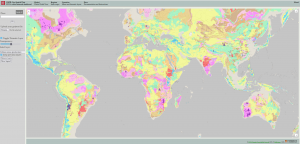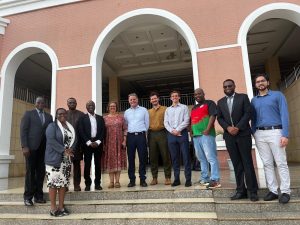Visualising food traceability systems: A novel system architecture for mapping material and information flow
Background
Traceability of food products, ingredients and associated operations are important requirements for improving food safety and consumer confidence. Food traceability systems (FTSs) often suffer from inefficiency in either material or information flow within an enterprise or between supply chain partners.
Modelling of system architecture is a visualisation approach that allows multiple parties to collaborate in a system design process, identify its inefficiencies and propose improvements. However, there is little academic research on the ability to use a standard visualisation tool that supports collaborative design and considers both material and information flow for a given food traceability system.
Scope & approach
The aim of this research is to propose a new visualisation approach that allows supply chain operators to collaborate effectively in the design process of FTSs capable of maintaining streamlined information flow, minimising information loss, and improving supply chain performance.
Key findings & conclusion
Food traceability systems are complex, encompassing processes, material flow, information flow, techniques, infrastructure, people and control strategies. Screening of literature demonstrates that model-based system engineering (MBSE) offers a sound way for visualisation of such complex systems. However, in the food traceability literature, an MBSE-based standardised traceability system modelling approach is absent.
This study makes a strong contribution to existing literature by proposing a novel, material and information flow modelling technique (MIFMT), to visualise FTS architecture. MIFMT can support common understanding and iterative implementation of effective FTSs that contextualise food supply chains at multiple levels and provides opportunity to identify points at where inefficiencies can occur so that actions can be taken to mitigate them.
Read the full paper by Samantha, Jonathan, and Louise Manning in Trends in Food Science and Technology here
Photo credit: Bernard Hermant













